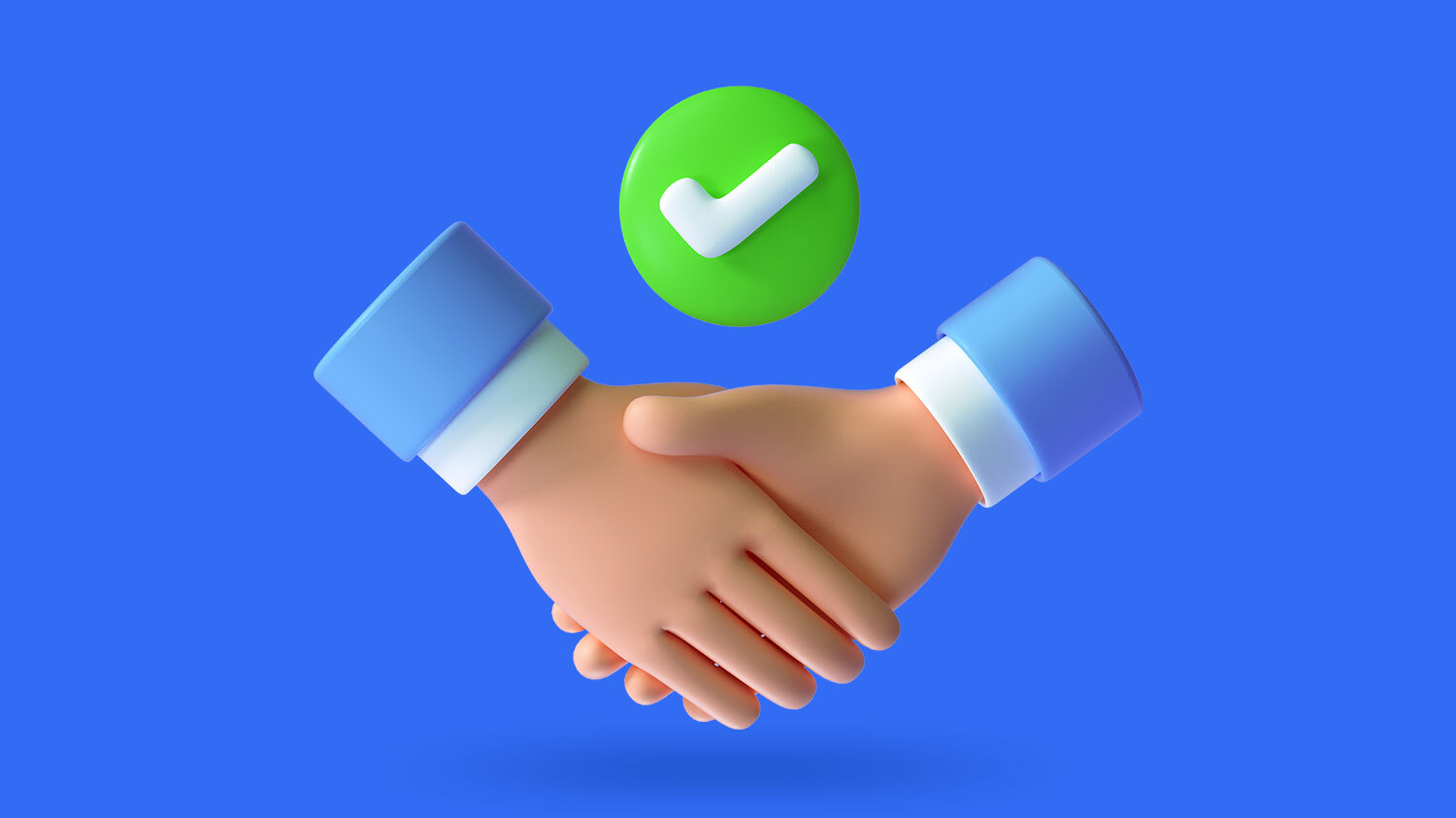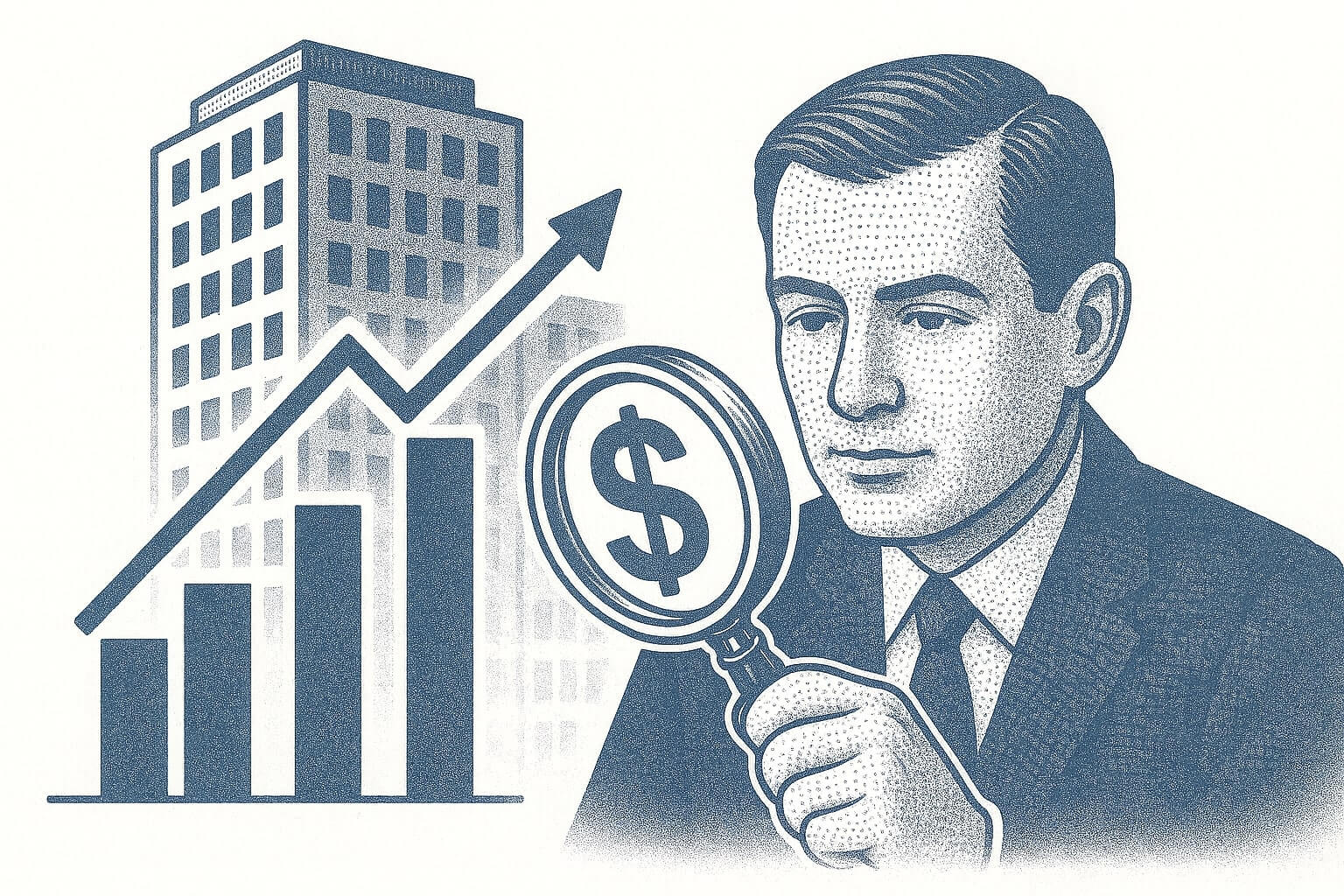
The Winning M&A Advisor [Volume 1, Issue 9]
Welcome to the latest issue of The Winning M&A Advisor, the Axial publication that anonymously unpacks data, fees, and terms…
Tags
When you’re considering selling your SaaS business, getting an accurate valuation is critical for two reasons.
In this guide, we’ll walk through how SaaS companies are valued and how to maximize value. We also cover how working with an experienced M&A advisor can help you maximize your exit outcomes by accurately valuing your business within the context of the current market, creating a competitive bidding process, and navigating negotiations.
Table of Contents
How SaaS M&A Advisors Maximize Exit Outcomes
Finding an M&A Advisor to Help Sell Your Business
 |
This piece contains quotes from Aaron Solganick, CEO of Solganick & Co., a data-driven investment bank focused exclusively on software and IT service companies. Solganick is one of the M&A advisors within our network that can help you sell your SaaS business.
At Axial, we have a network of over 3,000 M&A advisors, along with information on their recent deals. We’ve had several types of SaaS companies contact us to find an M&A advisor for them, including companies in HR tech, GovTech, enterprise software, data analytics, and contact management platforms. These businesses ranged from $3M to $16M in revenue, each with unique positioning challenges and buyer requirements. |
| If you’re ready to sell your SaaS business, schedule your free exit consultation today. | |
Unlike traditional businesses that are often valued based on EBITDA multiples, SaaS companies are valued using multiples of Annual Recurring Revenue (ARR). This means annual recurring revenue is the main driver of your valuation.
But arriving at your accurate multiple requires both:
The more financial data you have, the more accurate your multiple will be.
As Aaron Solganick, CEO of Solganick & Co., explains: “If a company gives me their ARR, gross margin, and EBITDA, I can give them a rough estimate. But you want a specific and accurate multiple. The more KPIs and the more financial data I have to work with, the more accurate your valuation will be.”
In 2025, Solganick has been seeing a wide range of ARR multiples. “So far, in my experience, I’ve seen mostly 3x-5x ARR for smaller SaaS companies to 7x–12x for mid to large companies that are showing consistent growth.” And whether your company is valued at 3x or 5x its ARR can make a significant difference in whether you want to proceed with a sale.
When determining your multiple, M&A advisors like Solganick look at several factors, both within your business and in the overall market. These include, but are not limited to:
1. Your Company’s Size and Growth Rate
Larger SaaS businesses generally get higher multiples. But growth rate is key, too. SaaS companies with consistent year-over-year growth rates are more likely to get premium valuations. Predictable growth patterns are better than erratic spikes and declines.
There’s a trade-off for SaaS companies between profitability and growth. While having a positive EBITDA is important to many buyers (especially private equity firms), high-growth SaaS companies often prioritize reinvestment over profitability. Buyers recognize this.
As Solganick notes, “Many high-growth software companies are intentionally not profitable because they’re reinvesting heavily back into the business, particularly in R&D and growing top-line revenues.”
2. Your Customer Metrics
For SaaS companies, the key metrics that significantly impact valuations are customer acquisition cost (CAC) and lifetime value (LTV).
Generally speaking, monthly churn rates below 2% for B2B SaaS demonstrate strong product-market fit. A strong LTV:CAC ratio (ideally 3:1 or higher) shows efficient, scalable customer acquisition that buyers want to fund. This is based on the general consensus in the industry and data from The Phoenix Strategy Group and OPEXEngline, which show the value of low monthly churn rates and a strong LTV:CAC ratio.
3. Your Company’s Market Position
Companies with strong competitive advantages, defensible market positions, or leadership in growing niches often achieve premium valuations compared to businesses in crowded, commoditized markets.
4. Current Market Conditions
Companies in high-growth sectors like AI, data analytics, cybersecurity, and advanced applications are more likely to receive higher multiples due to increased buyer demand and strategic value.
Further reading: Key SaaS Metrics to Improve and Maximize the Value of Your Business
M&A advisors typically use two complementary methods to arrive at an accurate valuation range:
While Discounted Cash Flow (DCF) analysis is sometimes used for mature, profitable SaaS companies, revenue multiples provide a more practical framework for most businesses, especially those still in high-growth mode.
Understanding your valuation is just the starting point of selling your business. Your company’s actual value is ultimately what a buyer is willing to pay for it. This is where working with an experienced M&A advisor specializing in SaaS transactions makes a measurable difference.
M&A advisors can help you achieve better exit outcomes, in terms of final sale price, deal structure, exit timeline, and stewardship.
Data shows that working with an M&A advisor can increase your final sale price anywhere from 6–25%, according to the Quarterly Journal of Finance. Anecdotally, we’ve seen returns higher than that within our network, where over 3,000+ M&A advisors and investment banks work with business owners to get their desired exit.
M&A advisors drive value in several ways, including:
One of the most effective ways to maximize your sale price is through competitive bidding. This is where you get several qualified buyers interested in your business. By engaging more interested parties, you create leverage that can be used to maximize your deal outcomes.
As a business owner, you can’t create this process on your own. Here’s why:
Let’s look at a real example from Solganick & Co. to show how the competitive bidding process unfolds.
From that list of 16 buyers, Solganick and his team then narrowed the list down to 8 viable buyers who were good strategic fits for their client.
The seller now has 8 buyers to negotiate with before executing a Letter of Intent and closing the deal. Before working with an M&A advisor, they only had one offer.
Rather than negotiating from a position of weakness with a single interested buyer, their M&A advisor created competition that drove up the final sale price and gave the seller leverage throughout negotiations.
Next, let’s focus on the second bullet point — positioning your business towards buyers — as it’s a key part of successfully selling your business.
SaaS businesses have unique characteristics that require specialized knowledge to market effectively. Unlike traditional businesses that might be evaluated primarily on revenue and profit, SaaS companies are valued based on complex metrics like ARR, CAC, LTV, and churn rates.
An experienced SaaS M&A advisor understands how to present these metrics in a way that helps buyers see their value. The value of your metrics doesn’t exist in isolation — it depends heavily on the type of buyer you’re targeting and what they’re looking for in an acquisition.
For example:
The key insight is that different buyers value different things. An experienced M&A advisor knows how to tailor the story of your business to resonate with each buyer type, maximizing perceived value without misrepresenting your company.
Further reading: Strategic vs. Financial Buyers: Finding the Right Buyer for Your Exit
SaaS transactions often involve complex deal structures, including earnouts based on customer retention, revenue milestones, or product development goals. These structures can significantly impact your actual payout, but evaluating their fairness requires understanding both market norms and what is reasonable for your business.
Your M&A advisor has more insight here based on their experience interacting with dozens of buyers. Plus, they have an objectivity that allows them to evaluate the term more fairly.
An experienced M&A advisor provides several critical advantages during negotiations:
While a premium sale price and a good percentage of cash at close are important, there are other exit outcomes to consider when accepting a deal.
These include:
The difference between a good exit and a great exit often comes down to having an experienced guide who understands both SaaS market dynamics and your specific goals.
At Axial, we’ve developed a data-driven approach to matching SaaS business owners with M&A advisors with relevant experience and proven track records in the software industry.
At Axial, we have over 3,000 M&A advisors and investment banks within our network. Rather than providing generic referrals, we analyze each M&A advisor’s transaction history within our network to understand their specific expertise. For SaaS businesses, this means identifying M&A advisors who understand software industry valuations, know the nuances of SaaS due diligence, and have relationships with buyers actively acquiring software companies.
We examine factors like the M&A advisor’s experience with businesses of your size, their familiarity with your technology stack or market vertical, and their success rate in closing SaaS transactions at competitive valuations.
Our evaluation process considers three critical factors:
We start by pairing you with an Exit Consultant who understands your business and exit goals. Your consultant will leverage Axial’s network of over 3,000 M&A advisors and investment banks to create a shortlist of 3–5 candidates specifically qualified to handle your SaaS business sale.
Each M&A advisor on your shortlist will have demonstrated expertise in SaaS transactions, proven ability to generate competitive interest, and strong professional reputation within our network. We provide detailed insights about each candidate to help you evaluate your options and prepare for M&A advisor interviews.
Our Exit Consultants have successfully connected SaaS owners with M&A advisors who specialize in understanding software industry dynamics, including the shift toward private equity interest in the sector and the growing demand from strategic buyers seeking to expand their technology capabilities.
Schedule your free Exit Consultation today.
SaaS valuations typically range from 3x-5x ARR for smaller companies to 7x-12x for larger, high-growth businesses. However, your specific multiple depends on several factors including company size, growth rate, profitability, customer metrics (churn, CAC/LTV), and market position.
Companies in high-demand sectors like AI, cybersecurity, and data analytics often command
premium multiples. The best way to understand where your business falls in this range is to work with an M&A advisor who has recent experience selling companies similar to yours — they’ll have access to comparable transaction data and can benchmark your business accurately.
Not necessarily. Many high-growth SaaS companies are intentionally not profitable because they’re reinvesting heavily in R&D and customer acquisition to drive top-line revenue growth.
That said, the Rule of 40 provides a useful benchmark: if your revenue growth rate plus EBITDA margin equals or exceeds 40%, you’ll typically command a market or above-market valuation.
For example, a company growing 35% annually with 10% EBITDA margins (totaling 45%) would be viewed favorably by buyers.
Private equity firms tend to place more emphasis on profitability than strategic buyers, who may prioritize growth and market position. Your M&A advisor can help you understand which buyer types are the best fit based on your current financial profile.
The only way to truly know if an offer is fair is to create a competitive environment where multiple qualified buyers are evaluating your business. A single offer — even if it seems reasonable — gives you no leverage and no benchmark for comparison.
Working with an M&A advisor who can market your business to 50–300+ qualified buyers creates the competition necessary to maximize your sale price and improve deal terms. In
Solganick & Co.’s recent example, they took a business from one offer to eight viable buyers, significantly improving the seller’s negotiating position. Additionally, M&A advisors have access to precedent transaction data from similar deals, allowing them to benchmark offers against what comparable SaaS companies have actually sold for in recent months.
Before approaching an M&A advisor for a valuation, you should:
The good news is that experienced M&A advisors can help you organize and prepare this information if it’s not already in order. In fact, one of the valuable services M&A advisors provide is helping you get your financials and metrics into buyer-ready format before going to market.
